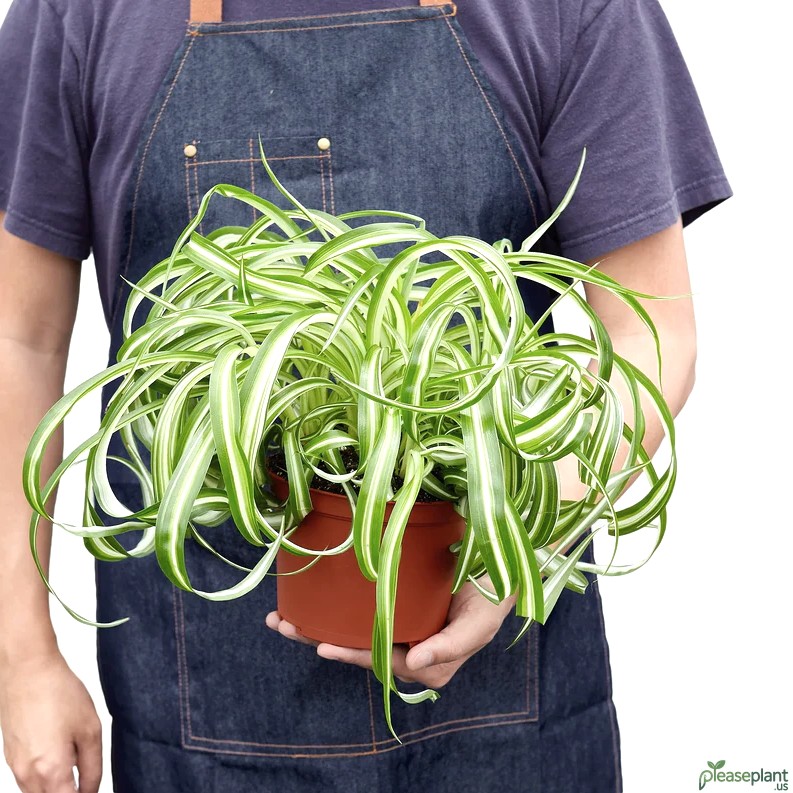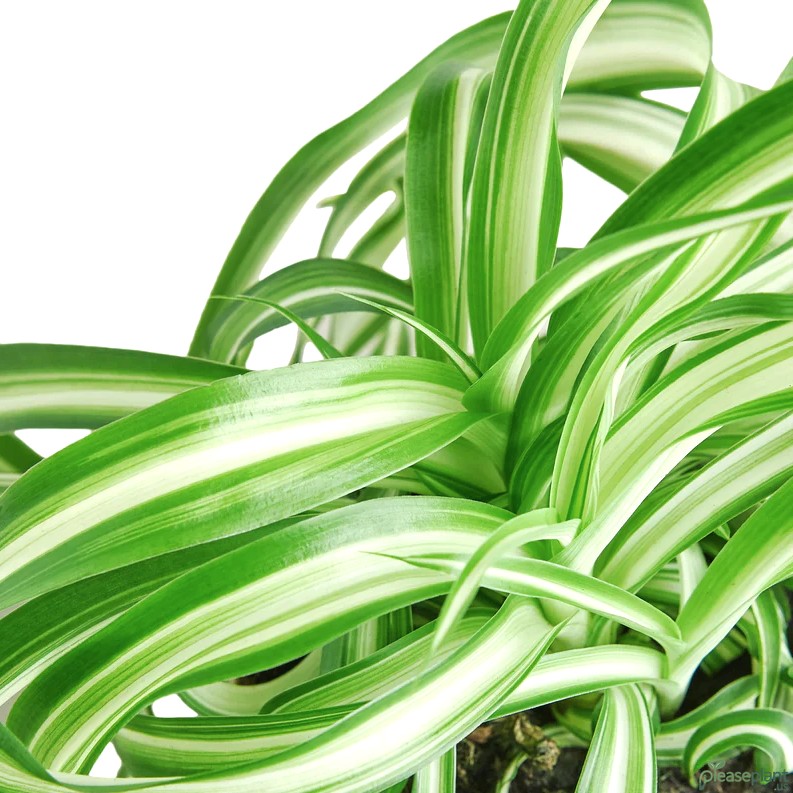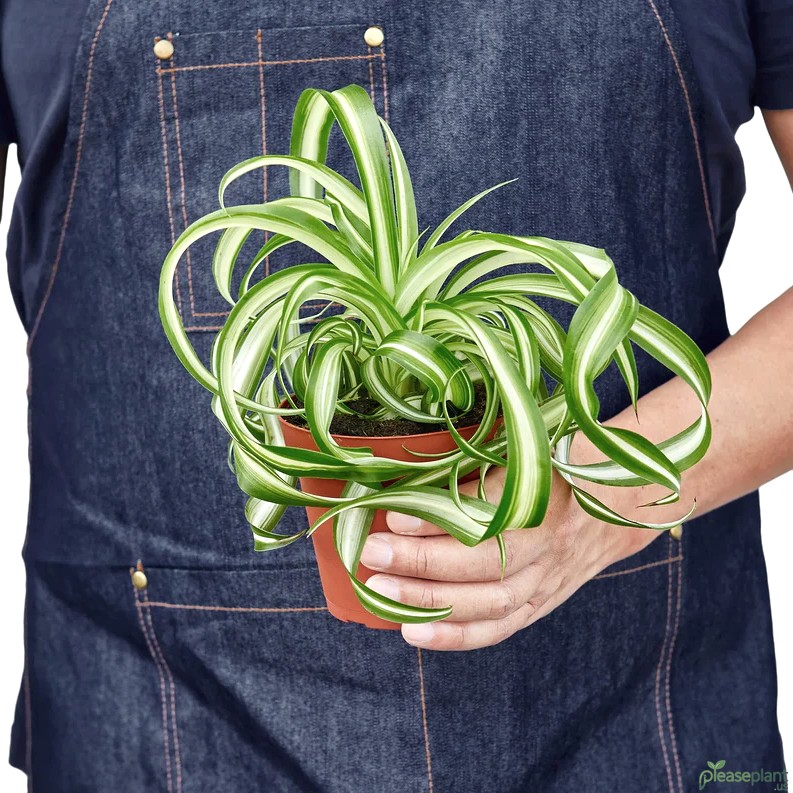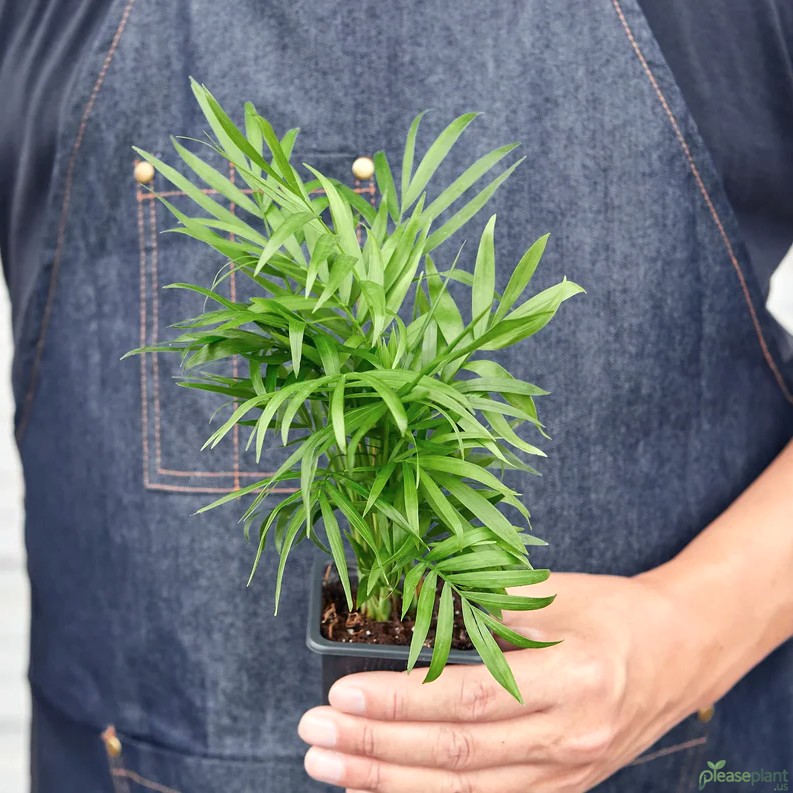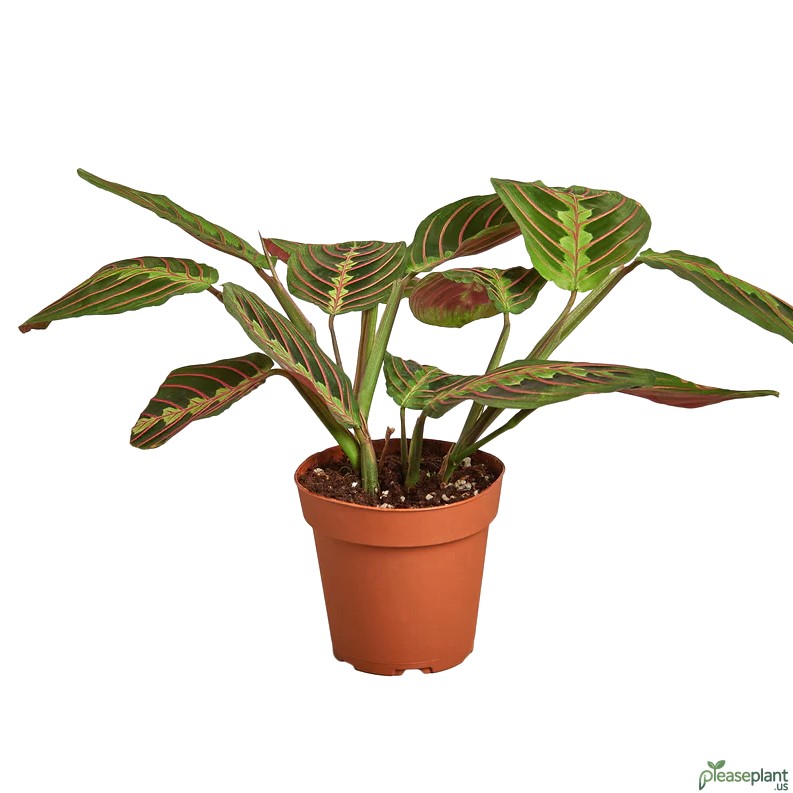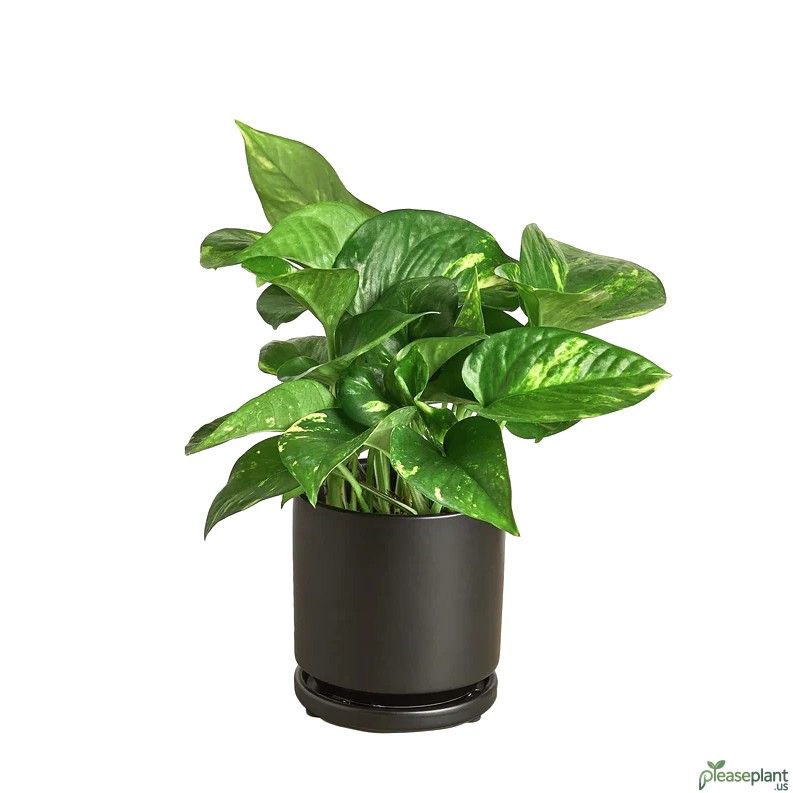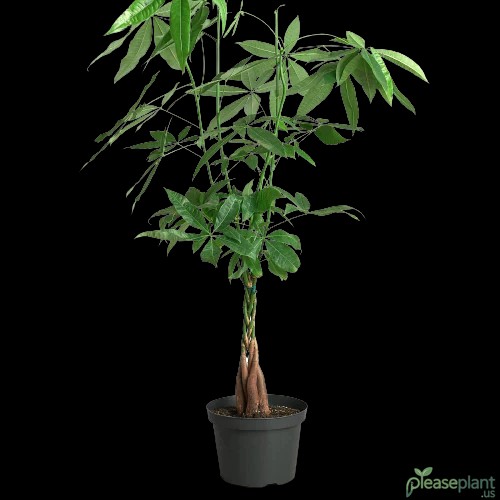If you've ever wondered about the air purifying qualities of indoor plants, the curly spider plant is a hidden gem. Known also as the Curly Bonnie plant, it’s not just a pretty face with its twisted leaves but a hardworking toxin filter that refreshes your indoor air. From removing formaldehyde to battling carbon monoxide, this plant does more than just sit pretty. Let me share some stories and tips from my experience growing this resilient and beneficial plant.
Let me tell you about my green buddy
I remember when I first stumbled across the curly spider plant, or as some call it, the Curly Bonnie plant. It was sitting in a tiny pot, a bit scraggly and neglected. But boy, did it surprise me. This unassuming plant, with its twisty, curly leaves, turned out to be a beast at air purifying. You've probably heard about spider plants in general, but the curly variety? That’s like the cool cousin who’s got some extra tricks up its sleeve.
What makes the Curly Bonnie plant a toxin filter?
Unlike many other houseplants, the curly spider plant is super efficient at filtering out nasty stuff floating around your home air. We're talking about common toxins like formaldehyde, benzene, and even carbon monoxide. These nasties sneak in from paints, cleaning products, and even new furniture. The plant's roots and leaves work together to absorb and break down these pollutants. I've read somewhere that NASA did research on spider plants for air quality, and the curly type performs just as well, if not better in certain conditions.
How to grow and care for your curly spider plant
Growing the Curly Bonnie plant is about as easy as it gets. It laughs at neglect, really. Just toss it in indirect sunlight and water it every now and then. But don’t drown it! Overwatering is the sneaky killer here. I once left mine soaking after a rainy weekend, and the poor thing looked like it had drunk one too many pints at the pub. It bounced back, though, because it’s one tough cookie.
If you want your plant to work its air purifying magic at full power, keep it healthy and happy. Repot it when it looks cramped, usually every year or two. That's when the roots get to stretch and do their toxin-sucking dance more efficiently.
Where to place your Curly Bonnie for best results?
Placing your spider plant near kitchens, bathrooms, or rooms with synthetic furniture is a smart move. These areas tend to have higher levels of indoor pollutants. If you have a smoking habit indoors (I know, not ideal), having a few curly spider plants around can help reduce some of that smoke haze. Not a miracle cure, but every little helps, right?
Watch out for common issues
Though generally tough, curly spider plants can fall victim to pests like spider mites or aphids. I caught some tiny critters on mine once and gave it a gentle shower with soapy water. Worked like a charm without the need for harsh chemicals that would defeat the plant’s purpose of cleaning the air! Also, yellow tips on leaves often mean you’re either overwatering or the water is too hard. Switch to rainwater or filtered water if you can.
Why pick the curly spider plant over other air purifiers?
Yes, there are fancy electric air purifiers out there, but the curly spider plant offers a natural, low-cost, and aesthetically pleasing alternative. It’s like having a little green janitor that never clock out. Plus, it adds a touch of nature’s calm to your space. And between you and me, it’s a bit of a conversation starter when friends notice those funky curly leaves.
So don’t sleep on the curly spider plant. For a modest effort, you get cleaner air and a charming companion that’s been quietly working for you all along.

